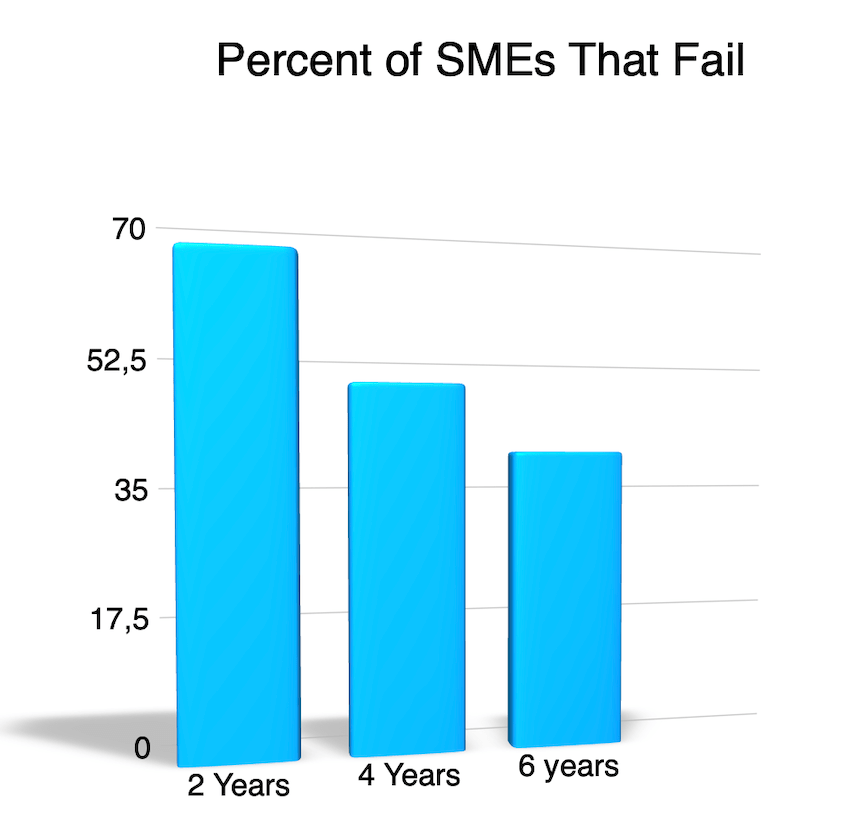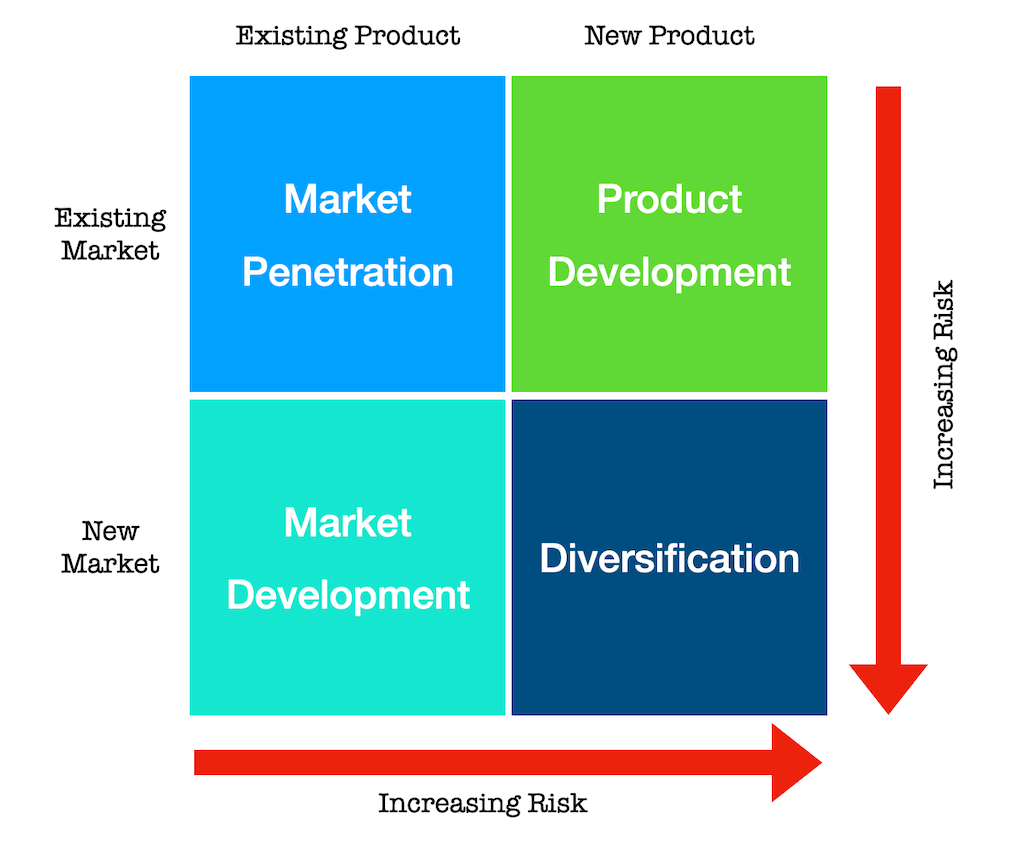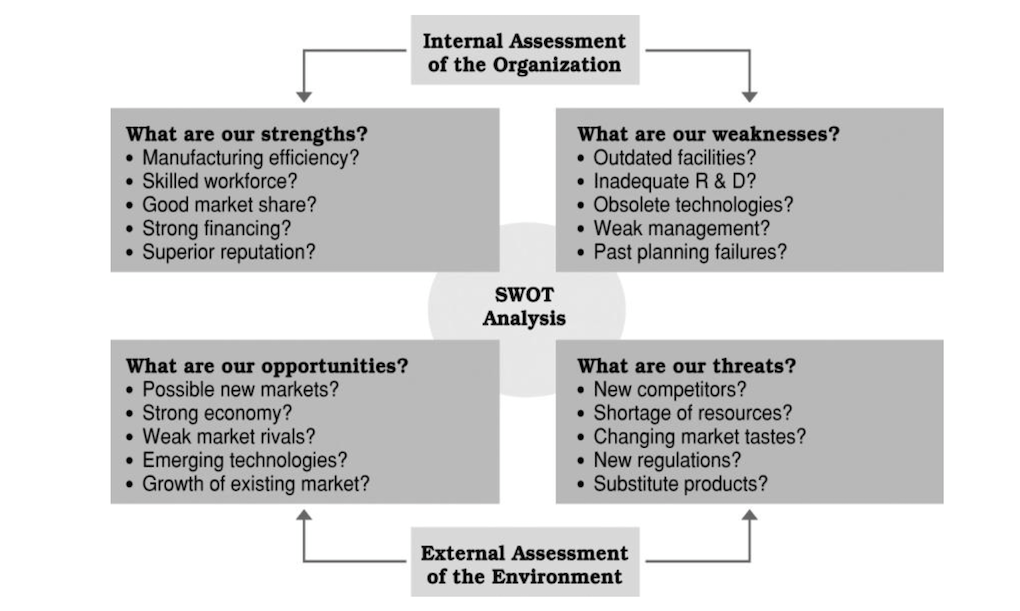The key to Small Business SME Growth Strategy and using productivity tools to accelerate growth
What does the term “Growth Strategy” mean?
In very simple terms, a growth strategy is the plans that a company puts in place to achieve sustainable growth that will lead to financial gain and profits for the company. Every organisation has to achieve growth to survive and remain relevant, the “HOW” is what constitutes the growth strategy of an organisation.
There are different types of models and strategies for SME development, in this article we will focus on what they call the Ansoff Model for growth strategy.
Why do you need to think about Growth Strategy?
As a Small Business, growth should be the most important area of focus. There is common knowledge that most businesses fail within two years, more researched findings indicate:
- 66% of start-ups fail within 2years
- 49% of startups fail within 4yrs
- 39% fail within 6years

Statistics and history indicate that the majority of businesses are going to fail, and one of the root-causes for this is “lack of foresight” or the inability for small businesses to invest in and focus on growth strategy.
Most small businesses are in survival mode, they operate from hand to mouth, they remain stagnant over time. Businesses will establish themselves in a location or market and remain stagnant, happy to reap the existing profits.
As a result, we see this current failure rates as industry changes, new players come in, market forces move —SMEs struggle to adjust and the majority of them do not survive.
Ansoff Model for Growth Strategy
The Ansoff model is a strategic tool used to develop a company’s growth strategy. There are four different types of strategy that a company can employ:

- Market Penetration
- Product Development
- Market Development
- Diversification
Ideally an SME wants to decide on a market strategy before starting the business, because the strategy is related to how the business is formed and how it targets the market. The strategy selected also affects the risk and reward mix that the company is willing to take on.
Market penetration is the least riskiest of the strategies, while diversification is the riskiest. But with greater risk, comes greater chance for bigger rewards.
Market Penetration
This is the strategy you would pursue within an existing market, with an existing product. By definition, this is not going to be what the majority of SMEs can do, since it requires you to be in operation with a product and a market.
This is the ideal strategy for existing businesses, wanting to grow market share. Typical examples would be:
- Running specials, reduced pricing to capture a larger market share
- Increasinf advertising spend
- Sharpening sales efforts, hiring more sales people etc.
This strategy is about re-focusing on what already works.
Product Development
This is when you create a new product within an existing market. You might have exhausted all market penetration options and decide to launch something new to your existing customers, to grow your business.
This is a riskier option, but one easily executable within a strong client base. For example, let’s say you are in the business of payment processing, you already have clients that regularly use your platform to collect payments from clients. You could consider introducing a financing business, like yoco did with Yoco Capital - Just like that, they have created a new business and product, but within their market range.
Market Development
This strategy involves, entering new markets with your existing products. The best way to explain this is: imagine a grocery delivery app that is based in Johannesburg, geographically limited due to delivery trucks or scooters in the area. They might decide on a growth strategy to enter Cape Town, meaning they will need to expand - get new delivery routes, vehicles etc. There are costs involved, but benefits too.
They might want to keep track of how they successfully grew the business in Johannesburg and use the same template for the new geography - like cut-and-paste. This is the strategy of making your pie bigger, the same pie —- in more areas.
Market development is not limited to geography, another perfect example is Youtube for Kids - Youtube is growing their business in to a whole new market segment of younger people or children specifically.
Diversification
This is probably where the majority of small businesses will fit in, they are usually creating a new product and have to develop a market for it as well. This study showed that up to 97% of SMEs sampled used diversification as a growth strategy.
The study also showed that SMEs do not always plan or strategise on market growth. A good place to start is understanding the strength and weaknesses of your business.
Getting started with SWOT analysis
SWOT stands for
- Strength
- Weaknesses
- Opportunities
- Threats

Strengths and Weaknesses are internal, while Opportunities and Threats are external.
When you understand your position as a business, you can then start to develop your strategy for growth. Skhokho Business Management Software is developing a strategy app that will allow you to record your SWOT analysis at a business and departmental level.
Then you can device your business strategy and growth strategy, before proceeding to the next step of recording and measuring your objectives to achieve your strategic targets.
Measuring strategy success with OKRs
It is not enough to host strategy sessions every year at the company getaway, come back to the office and a week later everyone has forgotten their goals until their next KPI review session. OKRs are designed to be pro-active in allowing your organisation to record, track and measure performance of strategic business goals and targets.
Get started with a 14 day free trial on Skhokho today.









